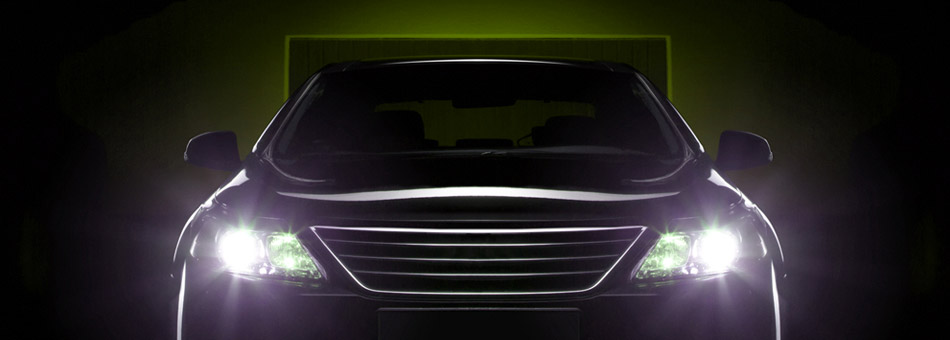History
The history of computerization in vehicles dates back to the Second World War when Germany developed very rudimentary controllers for fuel injection in the Focke-Wulf FW-190 fighter aircraft. This technology did not reach the automobile until the late 1950's. Here too, the focus was on fuel injection. Unfortunately, these early attempts at regulating fuel/air mixtures were unable to keep up with the realtime demands of the vehicles. Successful integration of computer technology did not reach consumers until the late 1960's when Volkswagen introduced computerized direct injection to the market.
The following decade saw a boom in computerization development, rapidly producing traction control systems, airbags, anti-lock brakes, and digital instrumentation in the dashboard. These functions which seem ubiquitous today have become much more advanced over the years. Initial versions of these systems were unreliable or were unable to handle the wear and tear of driving. A perfect example of this is the world's first vehicle to have a digital instrument cluster, the Aston Martin Lagonda. 
While computers had entrenched themselves by keeping vehicles inline with regulations created by the newly formed E.P.A. and assisting with fuel efficiency during the energy crisis, they were yet unable to communicate between eachother in the vehicle. The precursor for modern onboard diagnostics was introduced in 1980 by General Motors, paving the way for our modern capability to interact with the computers controlling the modern car. While we gained the ability to interface with computers in the vehicle, Bosch was toiling away to allow these computers to communicate with each other.
In the mid 1980's, Controller Area Network, a communications protocol, was released, allowing devices with a transceiver on a bus to communicate between one another, allowing the synergizing of systems. This protocol had applications beyond the automotive field, but it has been instrumental in developing the vehicles we know today. The onboard system developed by GM and the CAN architecture from Bosch have been paired to help create the modern OBD system. OnBoard Diagnostics allows direct interface with the computers within a vehicle, allowing better data collection and control. The current iteration, OBD-II, was adopted by federal regulations in 1996, requiring all new vehicles manufactured to have an OBD-II port.
